- 1

Cómo crear apps sin programar usando Lovable y inteligencia artificial
01:13 - 2
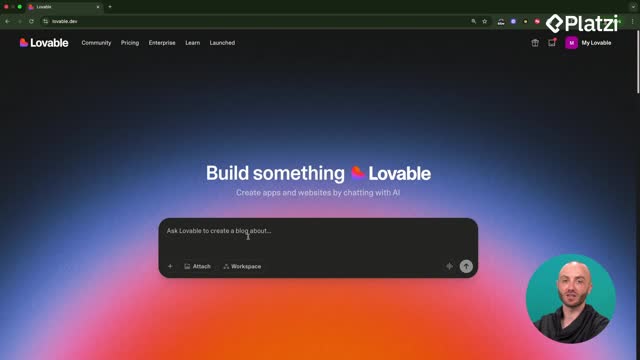
Creación de un proyecto en blanco y efectos animados con p5.js
03:55 - 3

Chat mode y edit mode en Lovable para desarrollo eficiente
09:38 - 4
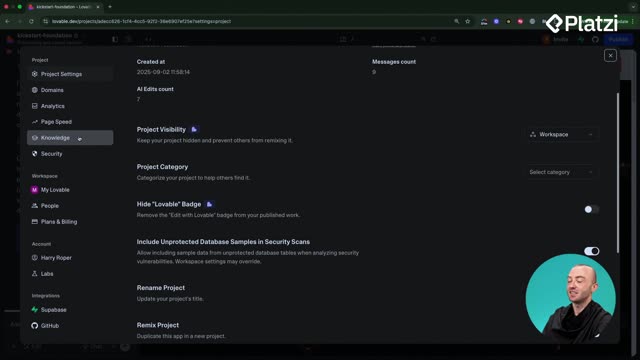
Archivos de conocimiento para diseño consistente en Lovable
07:32 - 5
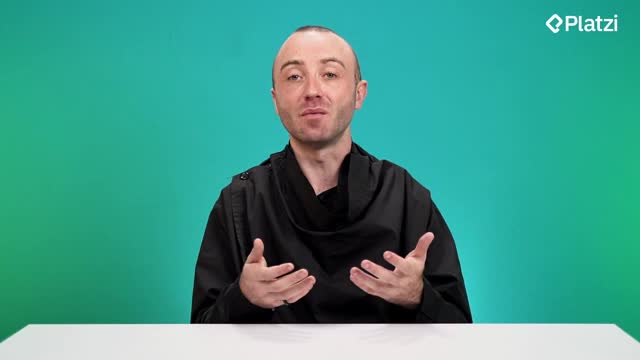
User stories y diagramas para MVPs rápidos
09:26 - 6
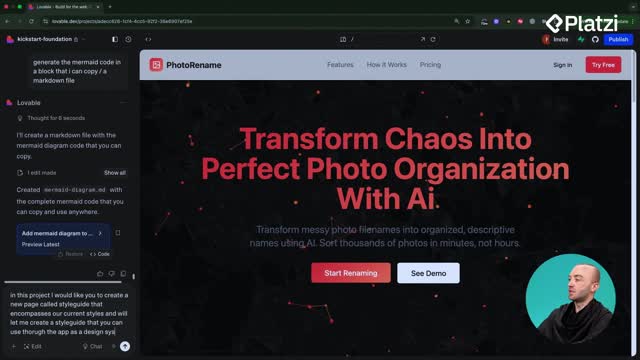
Creación de guías de estilo y sistemas de diseño en Lovable
13:45 quiz de Fundamentals and MVP Planning
Refactoring de componentes React para editar más rápido
Clase 7 de 20 • Curso Gratis de Lovable para Crear Páginas Web sin Programar
Contenido del curso
- 7
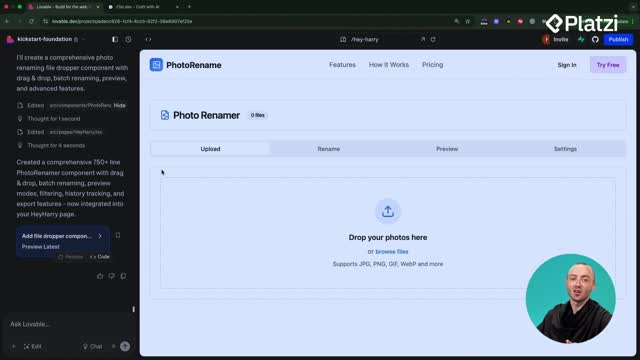
Refactoring de componentes React para editar más rápido
05:29 - 8

Integración de componentes UI personalizados desde 21st Dev
06:49 - 9
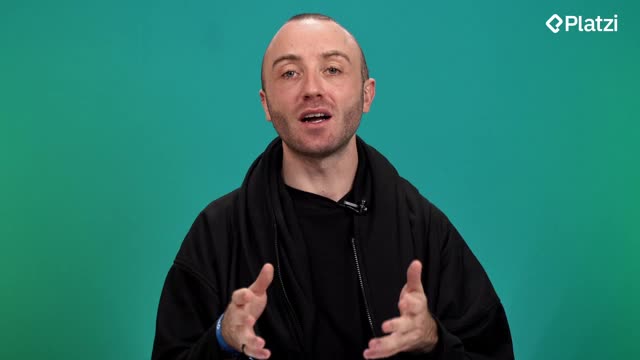
Cómo funciona React Router en proyectos de Lovable
07:28 - 10
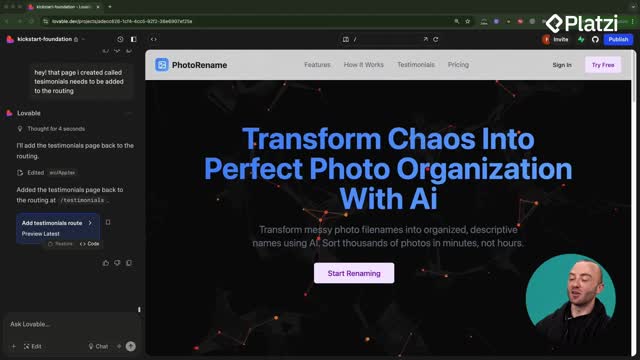
Prompting en español con comentarios en inglés en Lovable
05:00 - 11
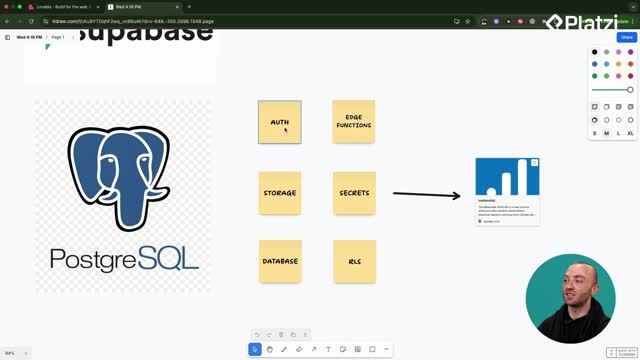
Conexión de Supabase para autenticación y rutas protegidas
10:34 quiz de Visual Construction of the Front-end
- 12

CRUD básico con Lovable y Supabase para crear tablas de datos
05:34 - 13

Conecta APIs con Supabase y edge functions para datos en tiempo real
06:51 - 14
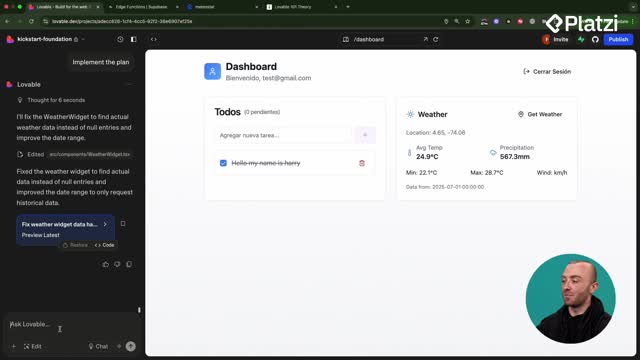
Creación de formularios de retroalimentación y registro con Lovable
07:53 - 15
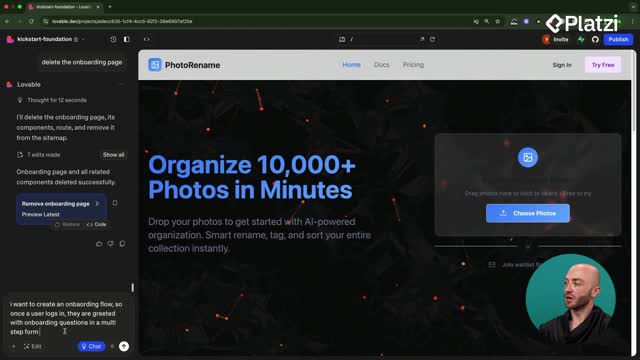
Flujo de incorporación de usuarios con Supabase
10:23 - 16
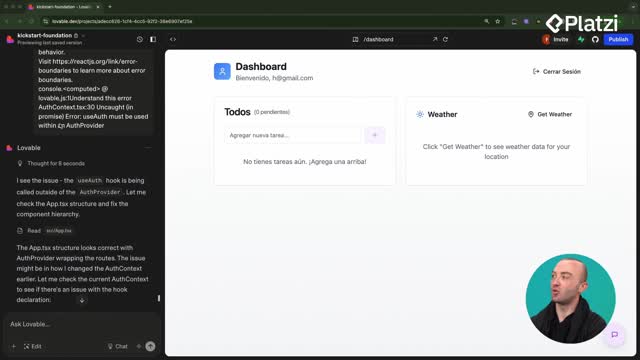
Cómo solucionar errores comunes en proyectos Lovable
04:45 quiz de Data, Users and Business Logic
Speed up your workflow by refactoring large React components in Lovable. When a single file grows to hundreds of lines, even small edits slow down. By splitting logic and UI into focused sub-components, you help the AI edit faster, reduce confusion, and keep your build moving.
Why refactor oversized components in Lovable?
A single "photo renamer" component ballooned to nearly a thousand lines, making each prompt take around 10 seconds to apply. That delay compounds when you’re iterating on simple tweaks like a color, a label, or a button.
- Large files slow down edits. The AI must parse and modify everything, even for minor changes.
- Rule of thumb: if a component passes 200–300 lines, consider refactoring.
- Smaller components mean precise changes. Edit only the part you mention, not the entire file.
- Less confusion for AI. Big components increase the chance of misapplied edits.
How to refactor into clear sub-components?
The quick win is to prompt Lovable to reorganize the file into smaller, purpose-driven pieces.
What prompt should you use?
- Type: "Refactor the photo renamer component into smaller files.".
- Aim for separation of concerns: look, function, and header in different files.
- Ask for an organized system: subfolders and clear names inside the components directory.
How to plan safely before editing?
- If refactoring feels risky, use chat mode first to outline the plan.
- Confirm what belongs in each sub-component: header, tabs, dropper, buttons.
- Then run the refactor prompt to apply the agreed structure.
What changes after refactoring and how to edit faster?
Post-refactor, the original file dropped from about a thousand lines to roughly a hundred. Lovable created a components/Photo Renamer folder with dedicated files for the UI elements. Now edits target a small surface area.
How does this impact everyday edits?
- Example prompt: "Redesign the drop zone to make it more inviting.".
- Because the drop zone is its own component, the edit completes in seconds.
- Future tweaks (like renaming the header) touch only a few lines, not the entire app.
Which skills and keywords matter?
- Refactoring: reorganizing a big component into smaller, maintainable parts.
- Sub-components: focused files for UI pieces like the header, tabs, drop zone, and buttons.
- Separation of concerns: dividing look (presentation) from function (logic) for clarity and speed.
- Prompt writing: clear requests like "refactor into smaller files" or "rename the photo renamer header".
- Chat mode planning: draft the structure before running edits to avoid surprises.
- System knowledge: ask for tidy subfolders and consistent naming in the components directory.
- Code mode vs. non-technical view: you don’t need to read all code to apply this strategy.
- Performance insight: moving from thousand-line files to ~100-line files reduces edit time from ~10 seconds to a couple of seconds for focused changes.
Have you tried splitting a slow component into sub-components in Lovable? Share your experience and the prompts that worked best for you.